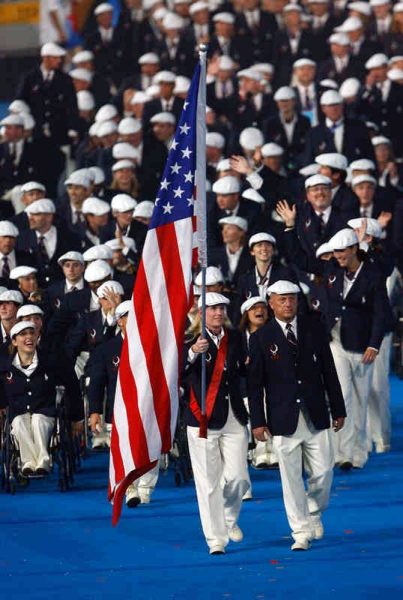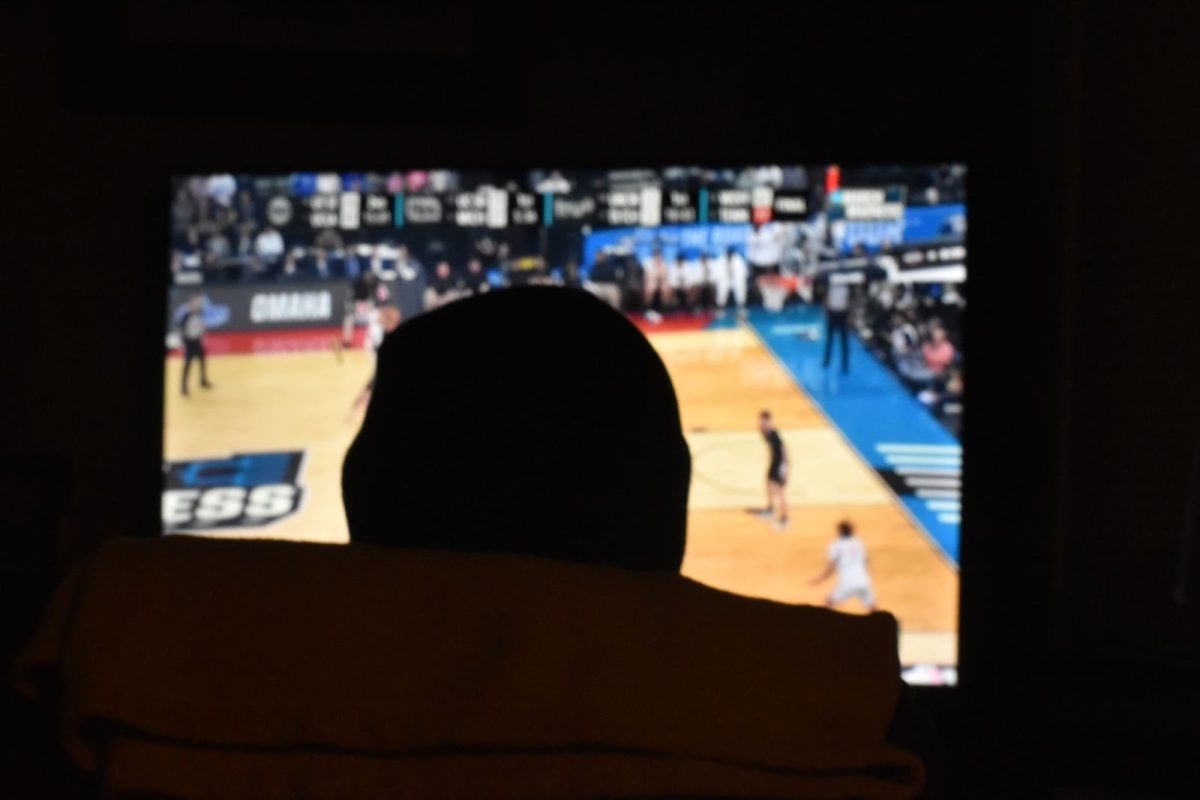
On Aug. 28, 2024 over 4,000 athletes gathered at the Place de la Concorde and the Champs Elysees in Paris. Unique musical performances, accompanied by imaginative dance and the ceremonial torch being lit, officially opened the 2024 Paralympic Games. Jaw-dropping performances in rigorous athletic games transpired during the 12 days of competition.
The first ever Paralympics was held in Rome in 1960, making this year the 16th summer of competition. This year, athletes competed in 22 sports including goalball, wheelchair basketball, sitting volleyball, para archery, and para swimming. Ultimately, the United States finished third place, earning 36 golds and 105 medals overall. Great Britain took second with 124 total medals and 36 gold. Finally, the People’s Republic of China continued a spectacular two-decade long undefeated winning streak, securing 220 medals, 94 of them being gold.
Every four years, records are broken at the Paralympics, and this year was no exception. Long jump, para powerlifting, and para swimming saw some of the biggest record breaking moments to date. These broken records can be largely attributed to athletes’ determination and talent, and also to advancements in adaptive technology. Further development of assistive devices like prosthetics and sports chairs are able to better aid athletes in their respective sports.
Along with these technological advancements, there has also been an increase of ticket sales and views in the more recent Paralympic Games. When comparing the 2012 London Paralympic Games to the 2016 Rio Paralympic Games, there was an increase of 1 billion viewers. This recent rise in viewership holds an immense importance to many of the athletes. Jen Armbruster, a seven time former American Paralympian, explains that increased awareness and attention is huge for these athletes, serving them the recognition they deserve.
Armbruster emphasizes the feat all Paralympians have attained by being in the competitions, explaining,“To be able to compete against the world’s best in your class is to be huge.” She continues saying, “I don’t care, Olympic or Paralympic [athlete], you should be inspired.”
A handful of Paralympians who are from Oregon represented the Beaver State this year in a variety of sports. 25-year-old Portland raised athlete, Lindsey Zurbrugg, is a wheelchair basketball player and two time Paralympian. At her first games, in the 2020 Tokyo Games, her team placed bronze. This year in Paris, after beating Germany, Japan, Great Britain, and the People’s Republic of China, Zurbrugg fought alongside her team, taking home silver following the final game against the Netherlands.
Another great example is Beaverton local Dennis Connors, who, before representing the U.S. in the Paralympics, served as a U.S. Marine for nine years. Injuries sustained during his service reduced his mobility, and he was introduced to para cycling through fellow veteran and U.S. team member Shawn Morelli. Paris was his first Paralympic Games, and Connors showed his talent on a strenuous course as he pushed to place silver in the men’s T1-2 road race. Before competing in the Paralympics, Connors had won bronze, silver, and gold in the Union Cycliste Internationale Para-cycling Road World Championships.
Wheelchair tennis player Maylee Phelps also represented the Pacific Northwest (PNW) at this year’s games. After a tough competition, Phelps left with the pride of competing as one of the youngest athletes at this year’s games at just 17 years old. Phelps and the other athletes have worked tirelessly to reach the heights of playing in the Paralympic Games, representing the determination, strength, and talent found in our state while doing so.
Armbruster explains that the impact of inclusivity in sports goes way beyond just competing. Athletics can teach you lessons about goal-setting, resilience, and leadership skills. She highlights that allowing kids with disabilities to be involved in sports allows them to learn the skills that develop along with playing and competing, just like with anyone else.
Rob Hill, an adaptive physical education (PE) teacher at Portland Public Schools (PPS), agrees with the value of making sports inclusive for everyone, saying, “The things you learn in physical education classes, whether you are a student with a disability or an able bodied student, are things you can [use] your whole life.”
Hill elaborates on this point, describing how some PE classes modify the activities to make them more inclusive and accessible. He explains, ”You can’t really change the physical appearance — the gym or the field — as much, but you can adapt the equipment you use or [modify] how you use the equipment.”
Armbruster is now working as the executive director of Adaptive Sports Northwest, an organization that offers competitive and recreational sports across Oregon and Washington for youth with disabilities. Organizations like these provide a local opportunity for athletes with disabilities to compete and train, preparing the next generation of record breaking Paralympians.





































